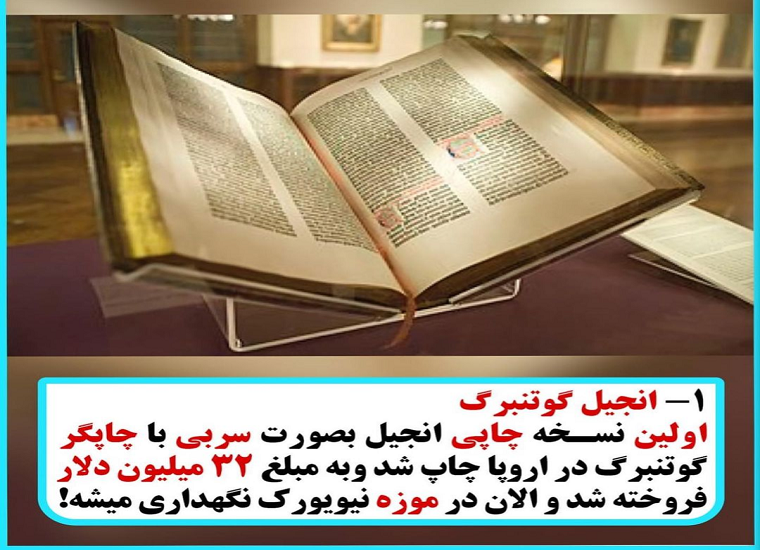 The Gutenberg Bible (also known as the 42-line Bible, the Mazarin Bible, or the B42) was the earliest major book printed using mass-produced movable metal type in Europe. It marked the start of the "Gutenberg Revolution" and the age of printed books in the West. The book is valued and revered for its high aesthetic and artistic qualities as well as its historical significance. It is an edition of the Latin Vulgate printed in the 1450s by Johannes Gutenberg in Mainz, in present-day Germany. Forty-nine copies (or substantial portions of copies) have survived. They are thought to be among the world's most valuable books, although no complete copy has been sold since 1978. In March 1455, the future Pope Pius II wrote that he had seen pages from the Gutenberg Bible displayed in Frankfurt to promote the edition and that either 158 or 180 copies had been printed (he cited sources for both numbers). The 36-line Bible, said to be the second printed Bible, is also referred to sometimes as a Gutenberg Bible, but maybe the work of another printer.
The Gutenberg Bible (also known as the 42-line Bible, the Mazarin Bible, or the B42) was the earliest major book printed using mass-produced movable metal type in Europe. It marked the start of the "Gutenberg Revolution" and the age of printed books in the West. The book is valued and revered for its high aesthetic and artistic qualities as well as its historical significance. It is an edition of the Latin Vulgate printed in the 1450s by Johannes Gutenberg in Mainz, in present-day Germany. Forty-nine copies (or substantial portions of copies) have survived. They are thought to be among the world's most valuable books, although no complete copy has been sold since 1978. In March 1455, the future Pope Pius II wrote that he had seen pages from the Gutenberg Bible displayed in Frankfurt to promote the edition and that either 158 or 180 copies had been printed (he cited sources for both numbers). The 36-line Bible, said to be the second printed Bible, is also referred to sometimes as a Gutenberg Bible, but maybe the work of another printer.
The Most Expensive Auctions In History
 The Gutenberg Bible (also known as the 42-line Bible, the Mazarin Bible, or the B42) was the earliest major book printed using mass-produced movable metal type in Europe. It marked the start of the "Gutenberg Revolution" and the age of printed books in the West. The book is valued and revered for its high aesthetic and artistic qualities as well as its historical significance. It is an edition of the Latin Vulgate printed in the 1450s by Johannes Gutenberg in Mainz, in present-day Germany. Forty-nine copies (or substantial portions of copies) have survived. They are thought to be among the world's most valuable books, although no complete copy has been sold since 1978. In March 1455, the future Pope Pius II wrote that he had seen pages from the Gutenberg Bible displayed in Frankfurt to promote the edition and that either 158 or 180 copies had been printed (he cited sources for both numbers). The 36-line Bible, said to be the second printed Bible, is also referred to sometimes as a Gutenberg Bible, but maybe the work of another printer.
The Gutenberg Bible (also known as the 42-line Bible, the Mazarin Bible, or the B42) was the earliest major book printed using mass-produced movable metal type in Europe. It marked the start of the "Gutenberg Revolution" and the age of printed books in the West. The book is valued and revered for its high aesthetic and artistic qualities as well as its historical significance. It is an edition of the Latin Vulgate printed in the 1450s by Johannes Gutenberg in Mainz, in present-day Germany. Forty-nine copies (or substantial portions of copies) have survived. They are thought to be among the world's most valuable books, although no complete copy has been sold since 1978. In March 1455, the future Pope Pius II wrote that he had seen pages from the Gutenberg Bible displayed in Frankfurt to promote the edition and that either 158 or 180 copies had been printed (he cited sources for both numbers). The 36-line Bible, said to be the second printed Bible, is also referred to sometimes as a Gutenberg Bible, but maybe the work of another printer.
 newsoholic Time to become News Oholic!
newsoholic Time to become News Oholic!